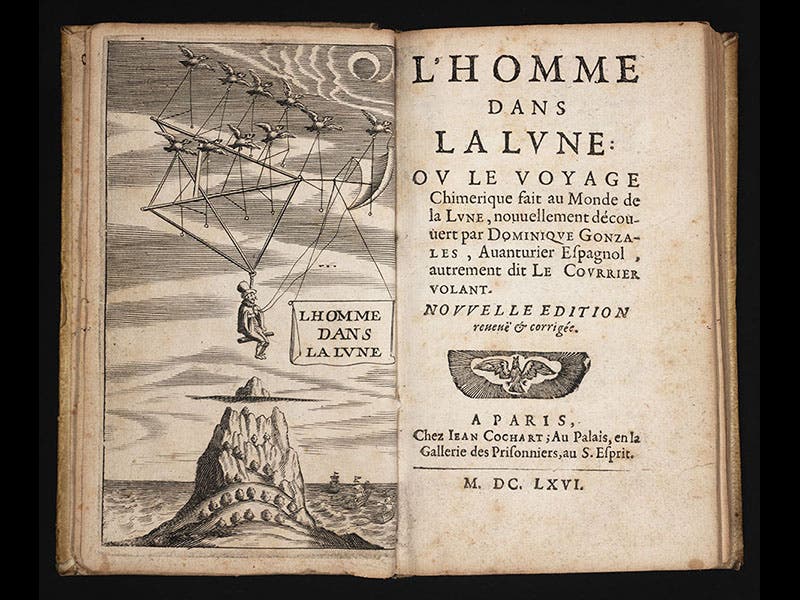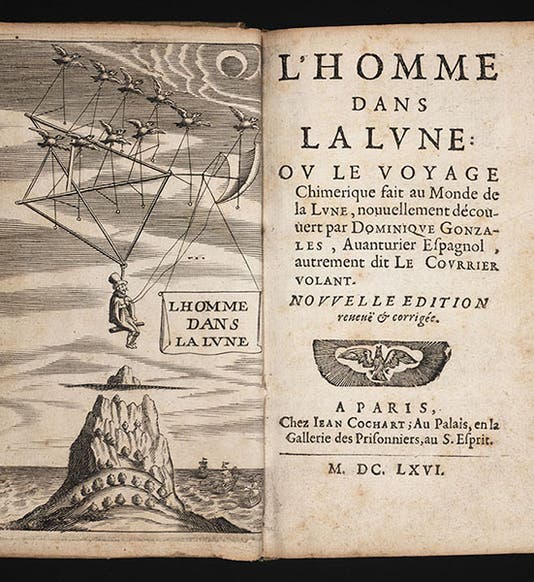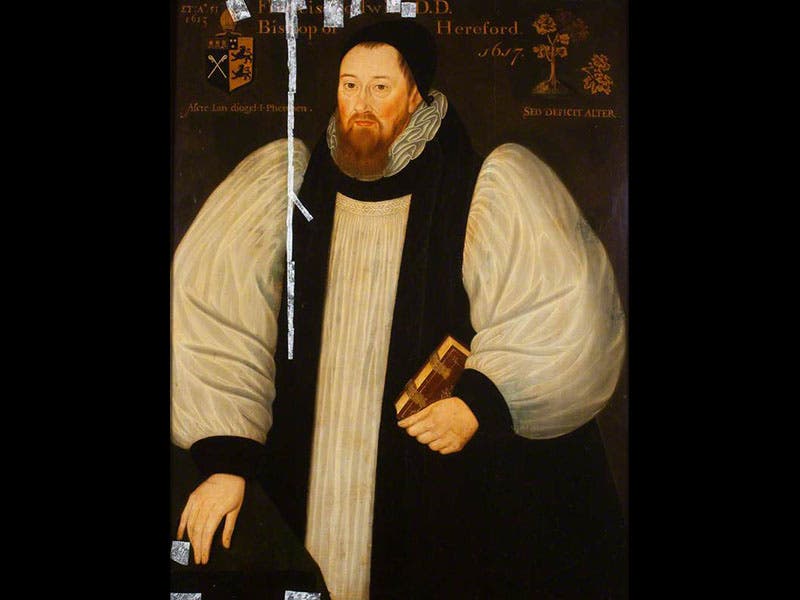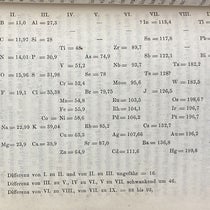Scientist of the Day - Francis Godwin


Francis Godwin, an English cleric, was buried Apr. 29, 1633, at about age 71. As Bishop of Hereford, Godwin published a number of mainstream theological tracts, but he left behind at his death a manuscript about a fantasy voyage undertaken by a Spaniard, Domingo Gonsales. While at the island of St. Helena, Gonsales had discovered a species of wild swans, which he called “gansa” and which he discovered could be trained to fly in harness and carry a load. He rigged up an aerial chariot, hooked 25 gansas to it, and off he flew on a brief test flight. He was picked up on St. Helena by a ship from the Indies, and he persuaded the captain to make room for the swans and the chariot. When the ship was attacked by pirates off the Canaries, Gonsales climbed in his gondola, hooked up the gansas, and escaped. But the gansas had minds of their own, and kept flying up and up, until they ultimately escaped the force of the earth’s gravity (an interesting notion, because in 1630, no one believed in a force of gravity). Eventually, they reached the Moon, where Gonsales discovered that the Moon is inhabited by a race of peaceful giants, who swooned when they heard the name “Jesus” and converted instantly to Christianity.
It was a wonderful tale, and it could have been buried with the bishop, but it was salvaged and published in 1638 as The Man in the Moone: or, A Discourse of a Voyage Thither, with a wonderful frontispiece showing Gonsales in his gansa-powered flying machine. This first edition is very scarce (four known copies), but it was republished in 1657, and also translated into French in 1648; we were very fortunate to acquire a 1666 edition of the French translation just last year. It includes the charming illustration of the “little goose coupe”, as well as a depiction of the language of the Lunarians, which is sung without words (the second tune is lunar for “Gonsales”).
If you look closely at the publication date, you have the rare chance to see the first 7 Roman numerals in ascending order, starting from the right. This is one of the reasons why the year 1666 was feared as an annus mirabilis by the English, a fear not disproved by the arrival of the bubonic plaque and the Great Fire of London.
The portrait of Godwin is at Christ Church, University of Oxford.
Dr. William B. Ashworth, Jr., Consultant for the History of Science, Linda Hall Library and Associate Professor, Department of History, University of Missouri-Kansas City. Comments or corrections are welcome; please direct to ashworthw@umkc.edu.







